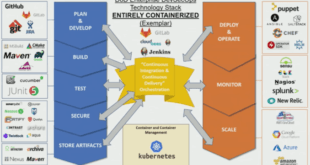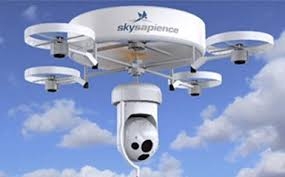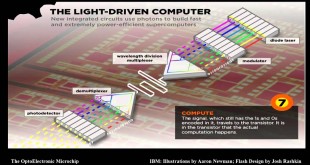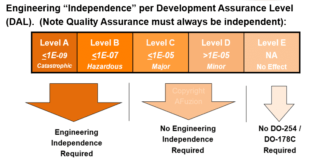Financial markets refer broadly to any marketplace where the trading of securities occurs, including the stock market, bond market, forex market, and derivatives market, among others. Financial markets are vital to the smooth operation of capitalist economies. When financial markets fail, economic disruption including recession and unemployment can result. …
Read More »DevSecOps for quick delivery of mission-critical capabilities
As the speed and frequency of releases increase, traditional application security teams cannot keep up with the pace of releases to ensure each release is secure. To address this, organizations need to build in security continuously across the SDLC so that DevOps teams can deliver secure applications with speed and …
Read More »DevOps running on Kubernetes, and Containers, is the Future of Software
DevOps is a software engineering culture and practice that aims at unifying software development (Dev) and software operation (Ops) and removing the traditional barriers between the two. DevOps is an ideology comprising three pillars—organizational culture, process, and technology and tools—to help development and IT operations teams work collaboratively to build, test, …
Read More »Tethered Drones or UAS, Hovering platforms, and Towed parafoil system provide long range Communications and Surveillance for Combatting terrorism
Militaries have long recognized the advantages of height for surveillance platforms to overcome the Horizon limitations because of curvature of earth, therefore it has been using many such platforms like baloons, and aerostats. Security forces have also found that countering today’s asymmetric threats, which can occur at any time and …
Read More »DARPA ARCOS program developing Automated Rapid Software Certification tools for Military Systems, Platforms
Military systems are increasingly using software to support functionality, new capabilities, and beyond. Before a new piece of software can be deployed within a system however, its functional safety and compliance with certain standards must be verified and ultimately receive certification. As the rapid rate of software usage continues to …
Read More »DARPA JAWS developing all-domain battlespace awareness and battle management planning software.
The future operating environment articulated by the NDS, the NDS Commission, and other sources describe how potential adversaries have developed sophisticated anti-access/area denial (A2/AD) capabilities. These capabilities include electronic warfare, cyber weapons, long-range missiles, and advanced air defenses. U.S. competitors have pursued A2/AD capabilities as a means of countering traditional …
Read More »Industrial IIOT
The industrial internet of things (IIoT) refers to the extension and use of the internet of things (IoT) in industrial sectors and applications. Industrial IoT, or the Industrial Internet of Things (IIoT), is a vital element of Industry 4.0. IIoT harnesses the power of smart machines and real-time analysis to …
Read More »Photonics based supercomputers enabled by New breakthroughs
Moore’s Law which stated that the number of transistors on a chip will double approximately every two years has been the driver of semiconductor industry in boosting the complexity, computational performance and energy efficiency while reducing cost. The increase in computing performance of electronic computers is becoming more and more difficult, …
Read More »Computer-aided design (CAD) & Computer-aided Engineering (CAE) have transformed engineering analysis to virtual simulation
In today’s world, engineering plays a part in almost everything that surrounds us, and with innovations continuously being brought to market, engineering is experiencing a steady growth extending to all of its wide-ranging facets. Computer-aided engineering (CAE) is the broad usage of computer software to aid in engineering analysis …
Read More »DO-178B/C Airborne Software certification standard for safety critical software make flying safer
The growing demand for high-efficiency fighter aircraft, commercial airbuses and the ever-evolving Aerospace and Defense requirements are driving the demand for next-gen airborne electronics systems. Air transportation agencies and aviation OEMs across the globe have been striving to build next-generation Airborne electronics systems to make flying more reliable, predictable, and …
Read More » International Defense Security & Technology Your trusted Source for News, Research and Analysis
International Defense Security & Technology Your trusted Source for News, Research and Analysis






